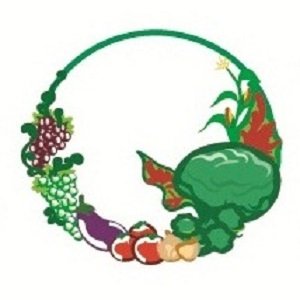Tension in the Mission: When Doing the Right Thing is (super!) Expensive
Last week I re-introduced the Featherstone Farm Mission Statement, with its modified “triple bottom line” of financial, environmental and personal sustainability. These principles have guided FF since day one, although it took roughly 25 years for me to take the time to key them into the computer and formally adopt them!
I truly believe that FF was well ahead of its time with this kind of mission; from a 21st century perspective- when social equity, good governance and sustainability are buzzwords throughout business culture- it’s easy to forget how unfashionable these ideas would have been ca 1990, when 2/3 of my college class was flocking to jobs in consulting and investment banking (hint: very little thinking about anything other than the almighty dollar). By contrast, the triple bottom line has always been core vision and operating principle at Featherstone Farm.
But thinking and operating in this way does make running a business more challenging, I’ll admit right off. In part this is because there is inherent tension between these 3 legs of the stool; so often we advance one goal at the expense of another (marginal, or sometimes substantial). And this is not merely about the financial burdens of decisions that “pay off” for employees or the community or the environment (though these can be very substantial). Doing the right thing can and does require added management attention and labor (read: late nights!!) that takes a real toll on the “personal sustainability” component of our Mission Statement.
Here’s one example, that we will undoubtedly confront in the next several days or weeks: We know academically and intuitively that leaving farm soil bare (no living cover, no cell division in the biologically active root zone) is bad for soil health. It destroys soil biologically and physically, leaving it vulnerable to erosion from wind and rain. We do everything we can to plant cover crops on every single acre we can in September and October, as the previous season’s vegetable crops are harvested, so that this time of year entire fields “green up” fast (huge benefits for the environment).
But what about the acres where, say, the final carrots of 2022 were harvested at the very end of October, and we were unable to seed cover crop before the ground froze? Those fields are sitting black and bare naked right now, at a time of year when every financial incentive is to spend 110% of our efforts on planting new vegetable crops on as many acres as possible. But the Mission Statement commits us to balancing 3 bottom lines, with soil and environmental health among them, always, every day.
So it is very possible that, one day this month, someone at FF will turn the lights on the tractor after a long day of planting vegetables, and work into the evening planting oats and field peas on last fall’s carrot ground, just to establish a living cover to protect that soil from degradation and erosion for 5-6 weeks until, stay, a fall broccoli crop can be planted there. Why not defer this ‘till the following day, when it would be easier?? Because an inch of spring rain might be forecast overnight, and by the time the field dries out after that rain, we’d be ready for another 10 hour day transplanting the next crop.
This is just one example of doing the right thing for the environment. And as my family has kindly reminded me for 3 decades(!!), it does come at the expense of a good night’s sleep (short term) and overall personal sustainability long term, year in and year out.
And yet we do things just like this- year in and year out- because we have a commitment to fundamentally valuing the environment. By supporting farms like Featherstone that truly “practice what we preach” in this way, you too are part of promoting the three legs of sustainability that are proudly part of our Mission Statement!
THANK YOU for this!!! Jack

